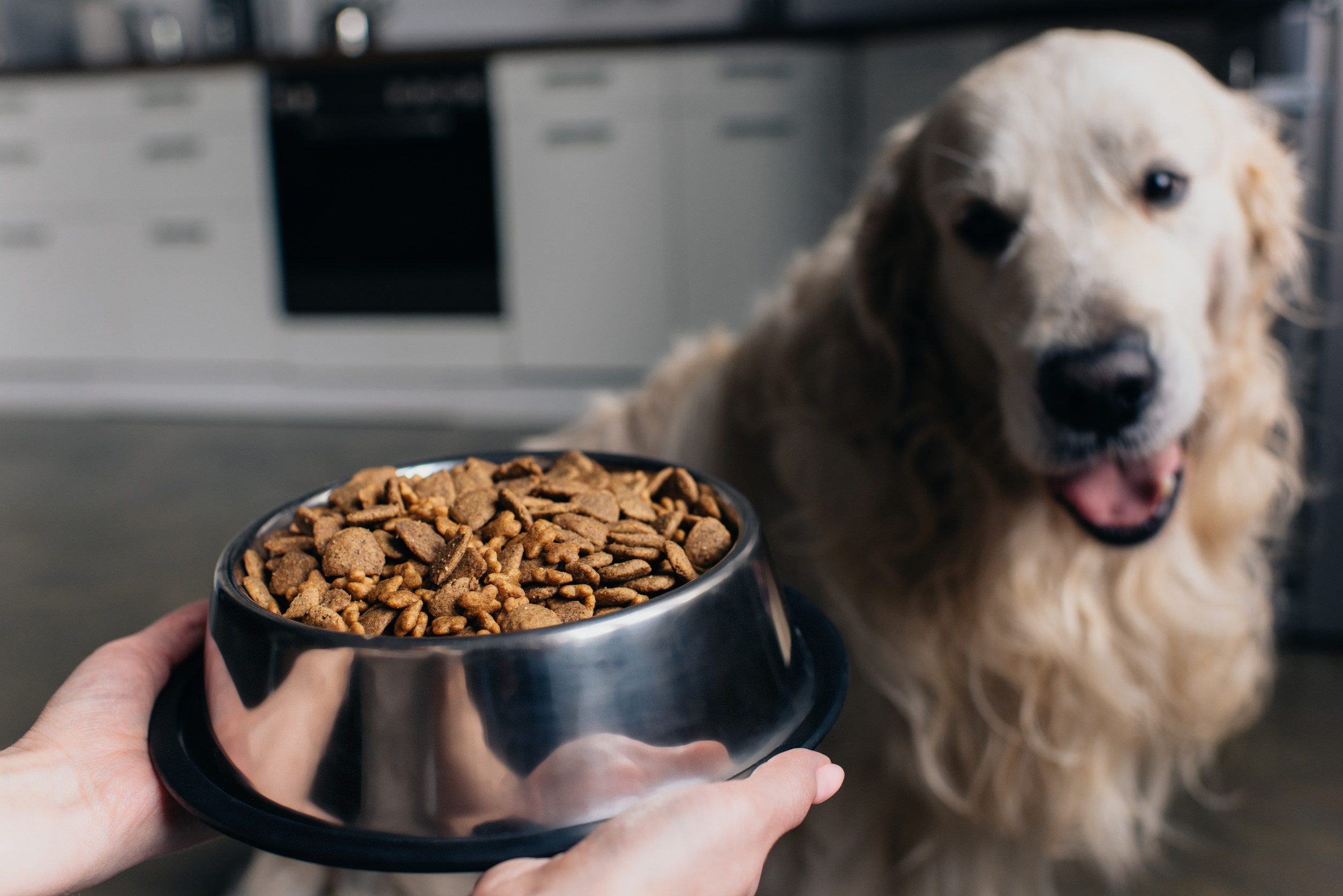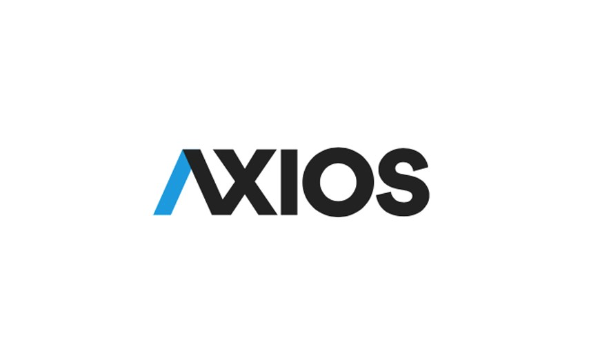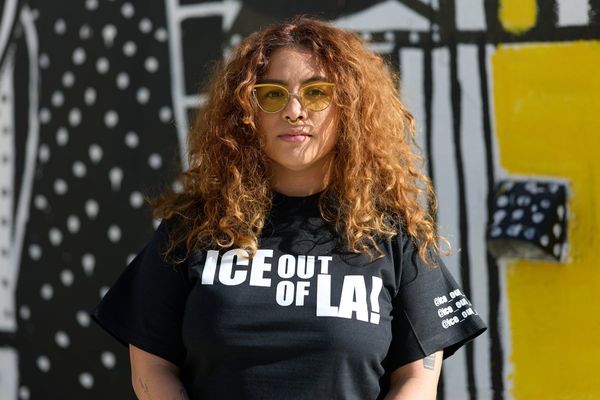
Feeding your furry friend well means trusting that their food is safe—but what if the kibble on the shelf is banned somewhere else? Several pet foods have been banned across countries due to safety, ethical, or toxicology concerns. Learning about these banned pet food incidents helps you make smarter choices and keep your pets safe. In many cases, one country’s red flag is a warning sign for pet owners everywhere. Here are 7 banned pet food items that raised alarms internationally.
1. Thai Seafood-Based Pet Foods Over Forced‑Labor Allegations
In 2024, the U.S. Department of Labor blacklisted certain Thai pet food, fish meal, and fish oil products, citing linkages to child labor and forced labor. These foods were banned from import under the Trafficking Victims Protection Reauthorization Act. The Thai government disputed the findings and launched a task force to revise production standards. As a result, these pet foods became off-limits in the U.S., and awareness spiked worldwide. If your pet food includes seafood sourced from Thailand, double‑check the brand and its sourcing practices.
2. Red Dye No. 3: Rejected by EU, Australia, Japan & More
Red Dye No. 3 (erythrosine) was deemed unsafe for pet food and banned in several countries, including EU nations, Australia, and Japan. Though the U.S. still allows it, many manufacturers are voluntarily phasing it out ahead of global regulations. The dye has been linked to potential carcinogenic effects at high doses—even if rare in pet products. Brands using synthetic colors should be scrutinized, especially if you prefer truly clean pet food. This is a prime example of a banned pet food ingredient to avoid.
3. US Pet Food Banned from Russia Due to GMO Concerns
In 2021, Russia banned imports of U.S. pet food and feed, citing GMO-related regulatory compliance issues. This embargo lasted through 2021, effectively barring American pet treats and kibbles. It wasn’t a safety issue per se, but a regulatory compliance conflict that affected thousands of pet owners and distributors. While some U.S. companies pivoted to other markets, Russian pet parents lost access to popular brands. This ban underscores how geopolitics can influence what ends up in your pet’s bowl.
4. European & American Brands Banned in Russia Over Quality Issues
More recently, Russia has added tighter restrictions on imported European pet foods, citing repeated production violations and contamination. Brands from France, Italy, Serbia—including Nestlé and Hill’s—were banned after arsenic or other contaminants were found. This affected nearly a third of Russian therapeutic pet food supplies. The bans disrupted imports and sparked investment in local alternatives. If your brand shows a “Made in EU/US” label, check for global recall history—banned pet food isn’t just about one country’s rules.
5. Nitrates Banned in French Pet Food Only
France became the first country to ban sodium nitrates in pet food due to public health concerns, although these additives remain legal in human food. A French MP raised alarms over nitrates’ potential health risks, prompting regulatory action. For pet owners in France and nearby countries, any food containing these additives was removed from shelves. That’s a clear indication: a harmless additive for humans isn’t always safe for pets. Being aware of such ingredient differences sets you apart as a savvy pet parent.
6. Raw Meat Pet Foods Banned or Restricted in the UK Over Pathogens
Raw-meat pet diets have faced growing scrutiny due to pathogen concerns. In the UK, severe incidents of Salmonella and E. coli contamination prompted regulatory calls to ban or restrict these diets. One outbreak involved Shiga toxin–producing E. coli linked to dogs eating raw tripe. Veterinarians and trading standards officers pushed for bans on raw pet food. Pet owners should now be cautious about raw diets, especially in countries enforcing stricter microbiological standards. These products exemplify another form of banned pet food: not for chemicals, but biological safety.
7. Titanium Dioxide Additive Banned in EU Pet Foods
Titanium dioxide (E171) is banned as a food additive in the EU since early 2022, applying to both human and pet foods. It was classified as potentially genotoxic following EU food safety assessments. Although it still appears in U.S. products, EU pet food manufacturers are required to reformulate. That means brands sold in Europe no longer contain it—but some international versions might. If you buy pet food online from abroad, check ingredients for E171—it’s a classic case of banned pet food by European standards.
Learn From These Bans—Vet Your Pet Food Ingredients
These examples show that banned pet food can stem from labor abuses, toxic dyes, contamination, or pathogen risks. Knowing how and why products are banned in other countries helps pet owners make smarter, safer choices. Don’t assume what’s legal locally is best for your pet. Instead, take a few simple steps: read labels, research brands, check for global recalls, and consult your veterinarian regularly. That’s how you turn banning into better awareness for your pet’s wellbeing.
Have you ever had to stop feeding a pet food due to safety concerns or bans? Share your experience in the comments and help other pet parents stay informed!
Read More
6 Pet Products Pulled Due to Contamination Risk
8 Pet Snacks That Contain Banned Preservatives
The post 7 Pet Foods That Were Banned in Multiple Countries appeared first on Grocery Coupon Guide.







